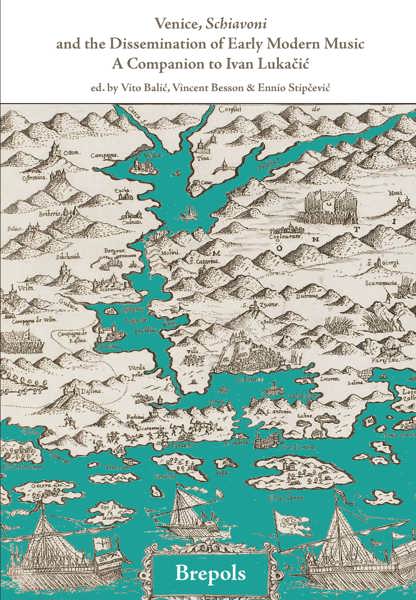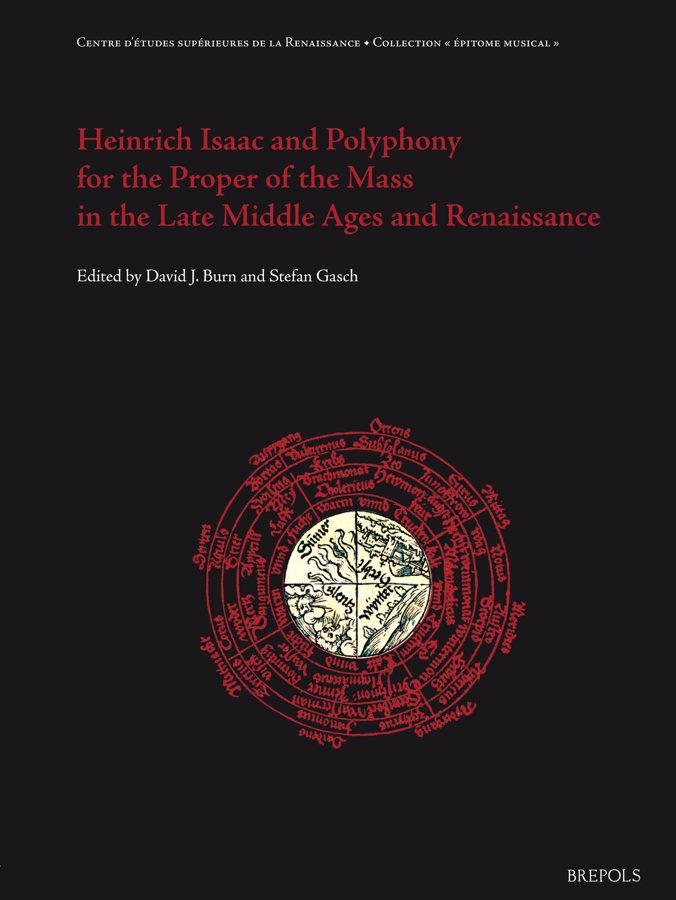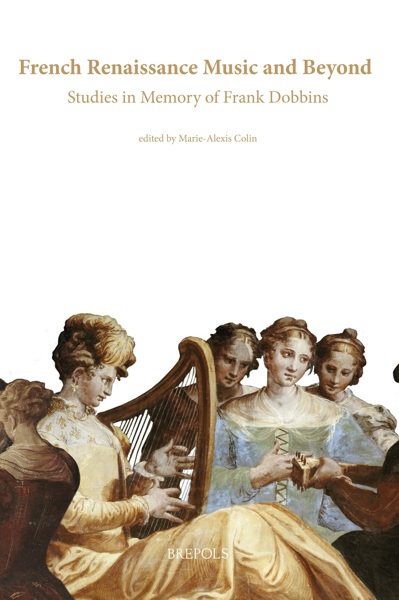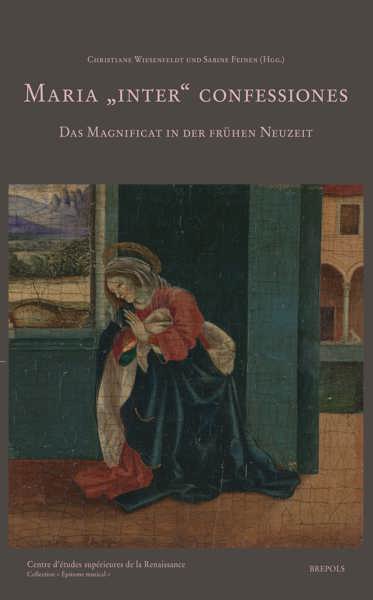
Heinrich Isaac and Polyphony for the Proper of the Mass in the Late Middle Ages and the Renaissance
David Burn, Stefan Gasch (eds)
- Pages: 438 p.
- Size:180 x 240 mm
- Illustrations:96 b/w
- Language(s):English
- Publication Year:2011
- € 80,00 EXCL. VAT RETAIL PRICE
- ISBN: 978-2-503-54249-2
- Paperback
- Out of Print
- € 80,00 EXCL. VAT RETAIL PRICE
- ISBN: 978-2-503-54264-5
- E-book
- Available
- Contains contributions in Open Access
"A most welcome study of Heinrich Isaac's contribution to the sacred music of this period." (Mark Kroll, in: Early Music America, Winter 2013, p. 50)
The important contribution of Heinrich Isaac (ca. 1455–1517) to polyphonic settings of the proper of the mass has long been recognised. The monumental posthumously published collection of his work in the genre, the Choralis Constantinus, was considered as a landmark even in the sixteenth century. Isaac’s striking cultivation of polyphonic mass proper settings has its roots in his task, as Hofcomponist to Emperor Maximilian I, of building a musical repertoire for the Imperial court chapel. The repertoire he created awakened a demand for analogous music at other European courts and institutions and led, in 1508, to the commissioning of an extraordinary series of proper cycles from him by the authorities of Constance cathedral. The 500th anniversary, in 2009, of Isaac’s delivery of these mass proper settings was the immediate stimulus for an international conference devoted to mass propers—the first of its kind, to the best of our knowledge. Earlier versions of most of the papers gathered in the present volume were first presented in that context.
Although Isaac’s mass propers have long been the object of various kinds of research, many aspects of the Choralis collection remain enigmatic. One major aim of the conference, and of the present book, was thus to present new research on at least some of these Isaac-related issues. It has been clear since Gerhard-Rudolf Pätzig’s groundbreaking dissertation of 1956 that the printed Choralis contains settings for both Constance and the court of Emperor Maximilian I. However, exactly which works within it were composed for which recipients is still the subject of debate, and, as David Rothenberg shows, open to new hypotheses. Equally perplexing is the way by which this vast amount of music, of diverse origin, was collected and sent to the printing press. As Royston Gustavson shows, the production process behind the Choralis was anything but smooth. Indeed, the fact that it was produced despite the many hurdles that stood in its way is indicative in itself of the importance (and the marketability) of Isaac’s settings long after the composer’s death.




